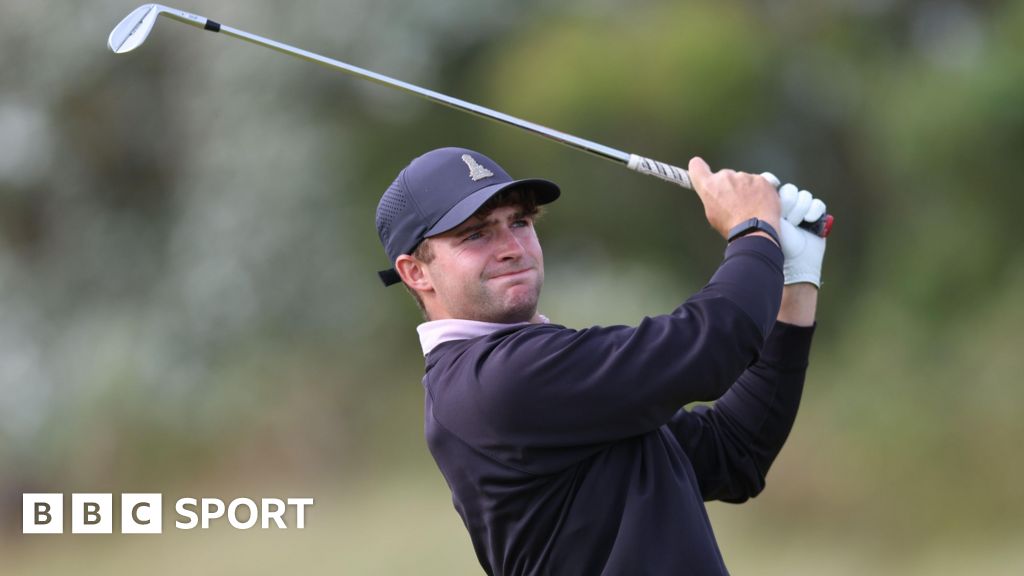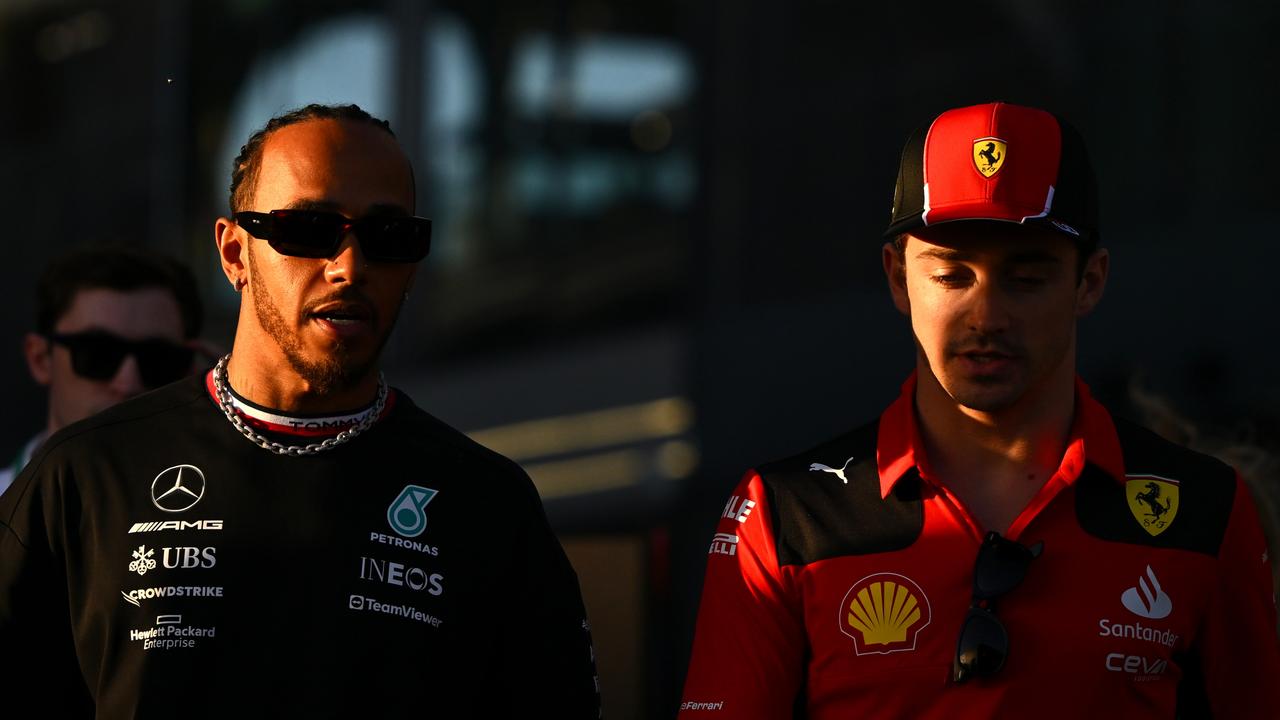Mercedes and Ferrari have pinned Lewis Hamilton and Charles Leclerc’s disqualifications from the United States Grand Prix on the sprint weekend format and the bumpy Circuit of the Americas surface.
Hamilton finished the race third and pole-getter Charles Leclerc claimed sixth, but both were excluded from the final classification for running their cars too low.
Ride height is governed by a wooden plank fixed beneath the car. The plank is 1 centimetre thick and can wear by no more than 1 millimetre over the course of the race without falling foul of the rules.
Watch every practice, qualifying and race of the 2023 FIA Formula One World Championship live and ad-break free in racing on Kayo Sports. Join now and start streaming instantly >
Random post-race scrutineering found both Hamilton’s Mercedes and Leclerc’s Ferrari had excessively worn planks after Sunday’s grand prix, and a subsequent stewards investigation struck both from the classification.
Speaking after the disqualification, Ferrari sporting director Diego Ioverno said the culprit for Leclerc’s low ride height was the reduced set-up time afforded to teams by the sprint format, which in turn meant the team underestimated the severity of the bumpiness of the track.
“The sprint weekend is very peculiar,” he said. “You have very little time to prepare the car — basically only one session, FP1 — and then you go into parc fermé. It means that from that moment onwards you cannot touch the car any longer.
“On top of this, Austin is a super nice track but is extremely bumpy.
“We knew it would have been tricky, and this is the reason why we also lifted the car throughout FP1.
“From our consideration it should’ve been okay. As a matter of fact it turned out that we were anyhow too marginal.
“With hindsight, rewinding the weekend, we may have lifted even more the car, but we would have lost performance, and we are here always to try to optimise our own performance.”
Ioverno said Sunday’s increased wind intensity, which in certain circumstances increases downforces and pushes cars lower to the ground, also contributed to Leclerc’s car falling foul of the rules.
Max Verstappen, who held off Hamilton by 2.2 seconds for victory before the post-race penalties, said the tracks surface wasn’t up to F1 standard.
“It needs to be redone because at the moment it feels like it’s better suited to a rally car,” he said. “I’m jumping and bouncing around.
“In an F1 car probably you don’t even see it as much because of course we are glued to the ground because of the downforce, but the bumps and jumps that we have in some places is way too much.
“I don’t think it’s F1 level.”
“I love this track — honestly, the layout is amazing — but we definitely need new tarmac and it needs to be a lot smoother for the coming years, because we already asking for this for I think quite a few years, and it’s not really been done.”
PIT TALK PODCAST: Lewis Hamilton and Charles Leclerc are disqualified from the US Grand Prix for breaking an almost 29-year-old rule by as little as 1 millimetre — and both the sprint format and the bumpy Austin track played a part.
Complicating matters for Mercedes in particular was that the team brought an upgraded floor to the car at the weekend, which became its major focus during the sole hour of practice.
But Mercedes boss Toto Wolff said reduced practice time wasn’t an excuse when other teams appeared to have no problems adapting to the bumps.
“Set-up choices on a sprint weekend are always a challenge with just one hour of free practice, and even more so at a bumpy circuit like COTA and running a new package,” he said. “In the end all of that doesn’t matter; others got it right where we got it wrong and there’s no wiggle room in the rules.
“We need to take it on the chin, do the learning, and come back stronger next weekend.”
But Mercedes trackside engineering director Andrew Shovlin said the performance the new parts had demonstrated was heartening regardless of the disqualification, especially as the team’s final upgrade of the year was targeted at next season’s car.
“We will go away and learn from this but also take the positives from our experience as a whole,” he said. “We can afford to be cautiously optimistic that the step we have made will translate into future race.
“Both drivers felt the improvement and it is positive for our development trajectory for 2024. Whilst we are disappointed with the ultimate outcome today, we can be encouraged by the pace shown.”







